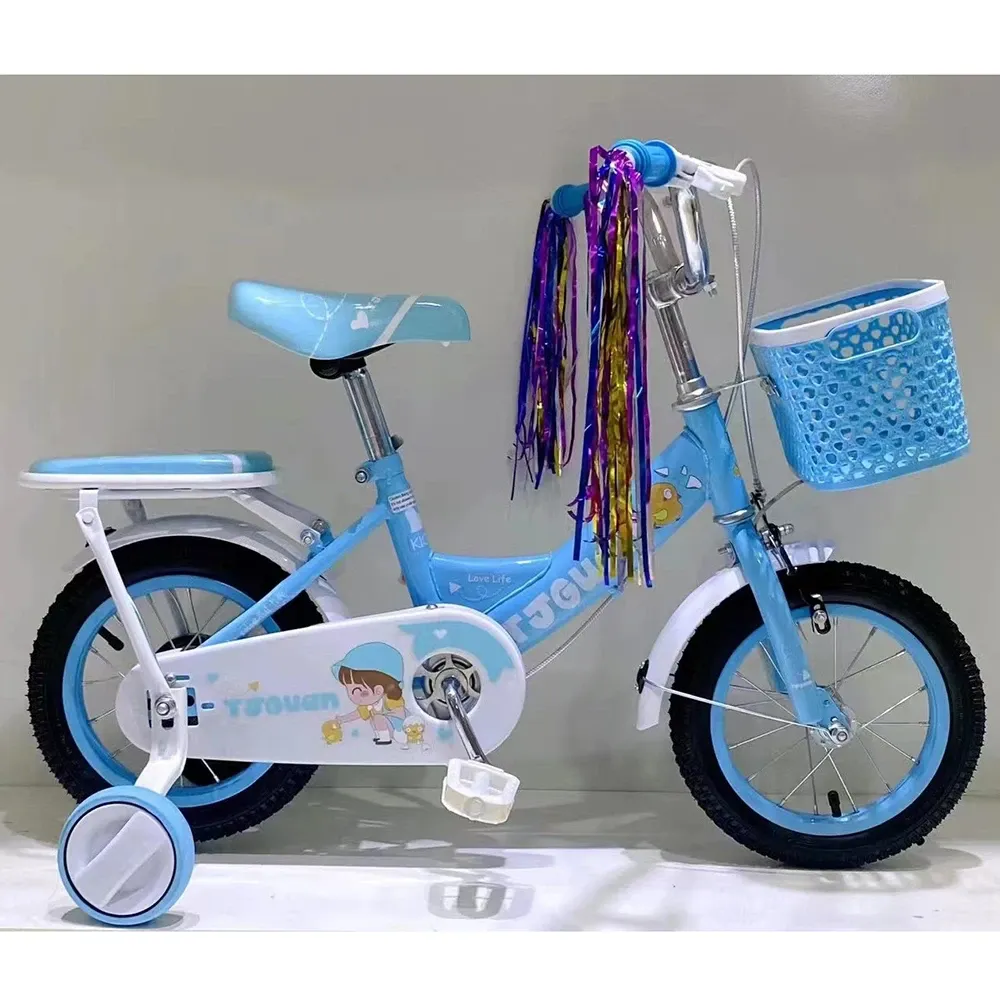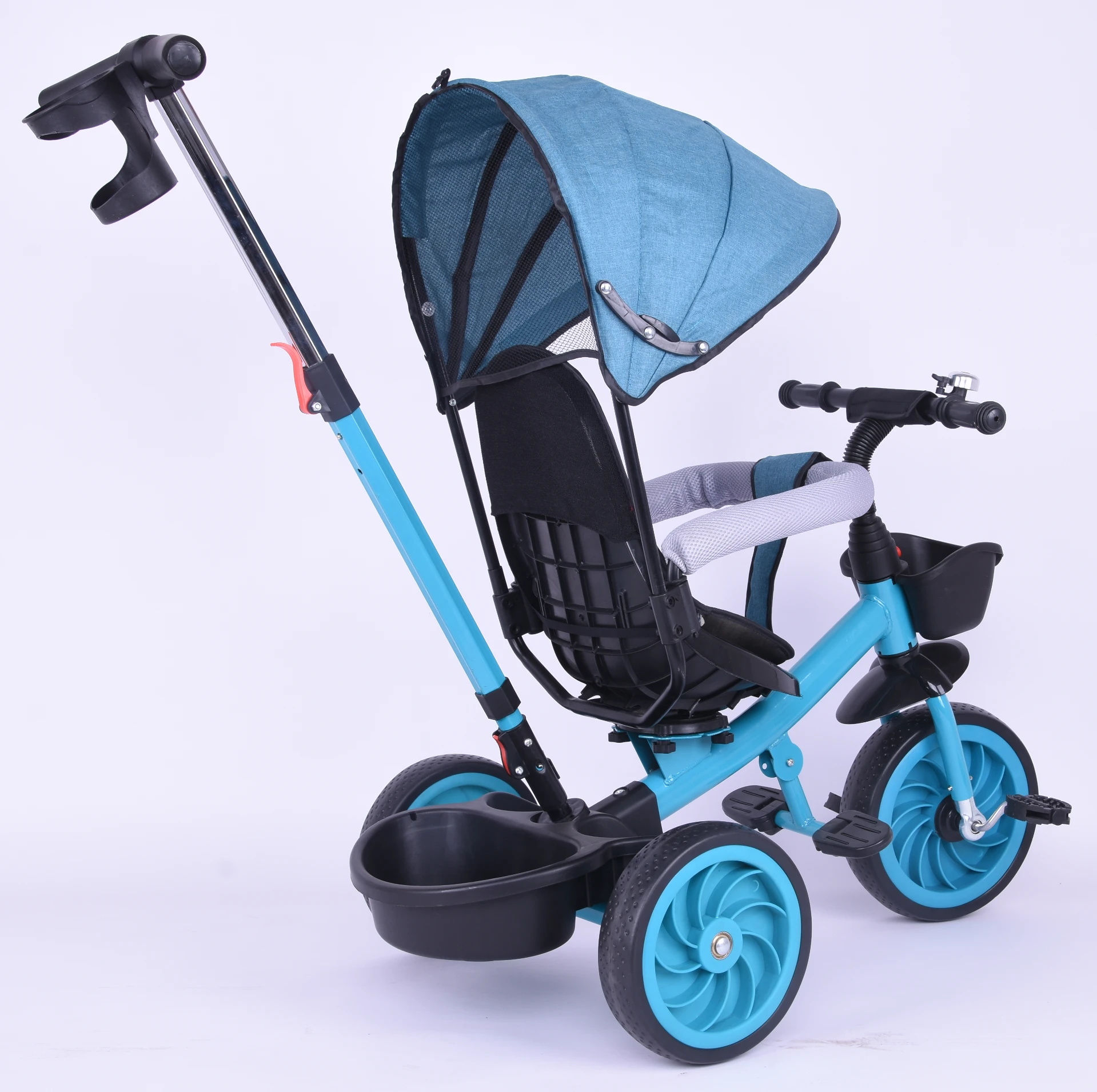Best Kids Tricycles for All Ages – Safe, Durable & Fun Rides
- Introduction to kids tricycles
and overview of current trends - Key technological advancements in tricycles for kids
- Comprehensive manufacturer comparison based on market data
- Customization options and tailored tricycle solutions
- Inspirational real-world applications and success stories
- Guidance on choosing the ideal tricycle for children of all ages
- Conclusion: The evolving landscape of kids tricycles

(kids tricycles)
Exploring the Growing Market for Kids Tricycles
The global children's mobility market has witnessed a remarkable evolution, with kids tricycles gaining considerable traction among families and early childhood development experts. According to Statista, the children's tricycle market was valued at $2.3 billion USD in 2023, and it is expected to reach approximately $3.1 billion USD by 2028, reflecting a strong annual compound growth rate (CAGR) driven by innovative design and increased emphasis on outdoor play. Parents are increasingly seeking safe, ergonomic, and adaptable riding solutions that cater to various age groups, with tricycles for kids offering a gateway to balance training, coordination, and exploration.
Today, kids tricycles are more than just simple pedal vehicles; they are integrated play tools enhancing cognitive and physical growth in children aged 1-8 years. The diversity in product categories—ranging from basic pedal tricycles to convertible ride-ons—indicates manufacturers are responding to evolving educational and recreational demands. As interest surges, understanding what distinguishes modern tricycles and which features to prioritize is paramount for families making purchasing decisions.
Technological Breakthroughs in Tricycles for Kids
The modern tricycle for kids segment leverages advanced engineering, improved materials, and thoughtful design. Notably, manufacturers have shifted away from heavy steel to lightweight, durable alloys and polymers, contributing to ease of maneuverability and reduced injury risk. Safety has been further bolstered with the widespread integration of non-slip pedals, adjustable harness systems, impact-absorbing frames, and smart steering locks.
Innovations like air-filled rubber tires support smoother rides over diverse terrain, optimizing for both urban and suburban environments. Several brands now employ adaptive quick-fold mechanisms, transforming the tricycle into compact forms for family travel and storage. For tricycles for bigger kids—typically catering to ages 5-8—features such as scalable frames, higher weight capacities, and advanced gear mechanisms have entered the mainstream, enabling longer usage periods and improved adaptability as children grow.
Additionally, the integration of multimedia systems and app-based performance tracking is emerging, with some models offering Bluetooth connectivity and parental control features, fostering a safer and more interactive riding experience.
Comparing Leading Brands: A Data-Driven Manufacturer Analysis
To equip families and stakeholders with practical insights, the following table summarizes core data from the five most prominent kids tricycles manufacturers as of 2024, based on sales figures, price ranges, and standout technical features:
| Brand | Market Share (%) | Price Range (USD) | Weight Capacity (lbs) | Key Technical Features |
|---|---|---|---|---|
| Radio Flyer | 18.3 | 49 – 169 | 49 – 80 | Steel frame, grow-with-me design, adjustable seat, classic styling |
| Schwinn | 15.6 | 59 – 149 | 60 – 85 | Chrome finishes, air tires, parent push handle, 360° steering |
| Little Tikes | 14.2 | 39 – 129 | 50 – 75 | Polymer body, versatile frame, removable pedals, safety harness |
| Joovy | 11.7 | 79 – 199 | 55 – 75 | UV canopy, compact fold, adjustable handlebars, parent control |
| XJD | 9.9 | 59 – 129 | 40 – 70 | Convertible modes, push bar, shock-absorbing wheels, multi-age use |
The table clarifies value and innovation disparities, empowering consumers to weigh durability, price, and unique attributes when selecting tricycles for kids or for older children needing advanced specifications.
Customization and Personalized Solutions for Every Child
As consumer expectations grow, major industry players have introduced customization programs, allowing families to select color palettes, seat textures, handlebar styles, and functionality enhancements. These tailored solutions help accommodate children’s diverse ergonomic needs, cultural preferences, and even special mobility requirements.
Custom decals and limited-edition themes are especially popular, letting kids express their personalities while maintaining safety and practical benefits. Manufacturers such as Joovy and XJD have streamlined online configuration tools, making it easy for families to co-design tricycles aligned with developmental milestones and household aesthetics. Additionally, adaptive tricycles for children with physical disabilities have surged in demand, with modular attachments and adjustable support harnesses ensuring inclusivity.
For tricycles for big kids, personalization options include frame scaling, advanced braking systems, and attachable accessories (such as water bottle holders or LED visibility lights), further enhancing usability beyond the preschool years.
Application Case Studies: Successes and Real-World Impact
Case studies from community programs, therapy centers, and urban schools illustrate the transformative power of tricycles for kids in densely populated and diverse environments. In 2023, the Urban Child Wellness Initiative distributed over 2,000 tricycles to schools in New York City, resulting in a 29% increase in outdoor activity among children aged 3-7. Educators noted improvements in spatial awareness, peer cooperation, and confidence.
Another example comes from the Children’s Mobility Foundation, which provided bespoke tricycles to over 300 children with developmental delays in Chicago. Post-program analysis revealed that 75% of participants demonstrated measurable gains in lower limb strength and balance within six months. Furthermore, parents reported enhanced bonding during group rides and a significant reduction in screen time.
On a global level, tricycles are integral to emerging “active travel” initiatives, with cities in Europe introducing community tricycle stations to foster safe, eco-friendly transportation for children during after-school hours.
Navigating the Purchase: Selecting the Right Fit for Children of All Ages
Choosing the ideal tricycle demands balancing safety certifications (ASTM, CPSIA), ergonomic build, and adaptability. Lightweight frames (< 10 lbs) are generally recommended for toddlers, while older children (ages 5-8) benefit from models supporting greater loads and adjustable seating. Tires—solid, foam-filled, or pneumatic—dramatically affect traction and shock absorption; urban families may prefer the latter for uneven pavement.
Crucially, parental push handles and steering locks provide reassurance when transitioning children from guided to independent riding. Buyers should review manufacturer warranties, after-sales service, and available replacement parts to guarantee long-term use. Color, style, and additional features can personalize the experience and boost enthusiasm for outdoor play.
For children with special needs, select tricycles with adaptive supports and medical-grade components, and consult with pediatric experts to tailor solutions where necessary.
The Kids Tricycles Landscape: Innovation, Impact, and Future Directions
The kids tricycles sector is emblematic of modern childcare trends, where play, safety, innovation, and inclusivity converge. Continued market expansion is expected, with a projection of more than 6 million units sold globally by 2028. Next-generation features—such as IoT-connected ride analytics, carbon-neutral materials, and universal design—promise even richer, more accessible experiences for tricycles for kids and tricycles for big kids alike.
As families, educators, and health practitioners increasingly recognize the holistic benefits of outdoor exploration, the tricycle is positioned as a trusted lifelong companion for generations of children. Whether through evidence-backed community programs, technical breakthroughs, or on-demand customization, the enduring appeal and adaptability of kids tricycles remain unmatched.

(kids tricycles)
FAQS on kids tricycles
Q: What age are kids tricycles suitable for?
A: Kids tricycles are generally designed for children aged 2 to 5 years old. Always check the manufacturer's recommended age range. Supervision is recommended for younger children.Q: What features should I look for in tricycles for kids?
A: Important features include adjustable seats, sturdy frames, and safety harnesses. Non-slip pedals and easy-to-grip handlebars also enhance safety. Choose models with parental push handles for toddlers.Q: Are there tricycles for big kids?
A: Yes, there are tricycles for big kids, usually designed for children up to 8 years old. These have larger frames and higher weight limits. Always check the size chart before purchasing.Q: Are kids tricycles safe for outdoor use?
A: Kids tricycles are safe for outdoor use if the area is flat and obstacle-free. Always use helmets and protective gear. Supervise children while they ride.Q: Do tricycles for kids require assembly?
A: Most kids tricycles arrive partially assembled and require some setup at home. Instructions are usually included for easy assembly. Necessary tools are often provided.-
Baby Balance Bike OEM Service – Kids No-Pedal, LightweightNewsNov.10,2025
-
OEM Kids Bike Children Bicycle – Cheap Wholesale BicyclesNewsNov.10,2025
-
Kids Bike New Model 12–18 inch Boys & Girls Bike, AdjustableNewsNov.10,2025
-
China Cheap Price Safe Kids Bike for 10yo w/ Training WheelsNewsNov.10,2025
-
China CE-Certified Kids Balance Bike, Guaranteed QualityNewsNov.10,2025
-
Colorful Outdoor Flashing Carton Children Scooter for KidsNewsNov.10,2025
-
Best Price Kids Balance Bike – Superior Quality, No PedalsNewsNov.10,2025








